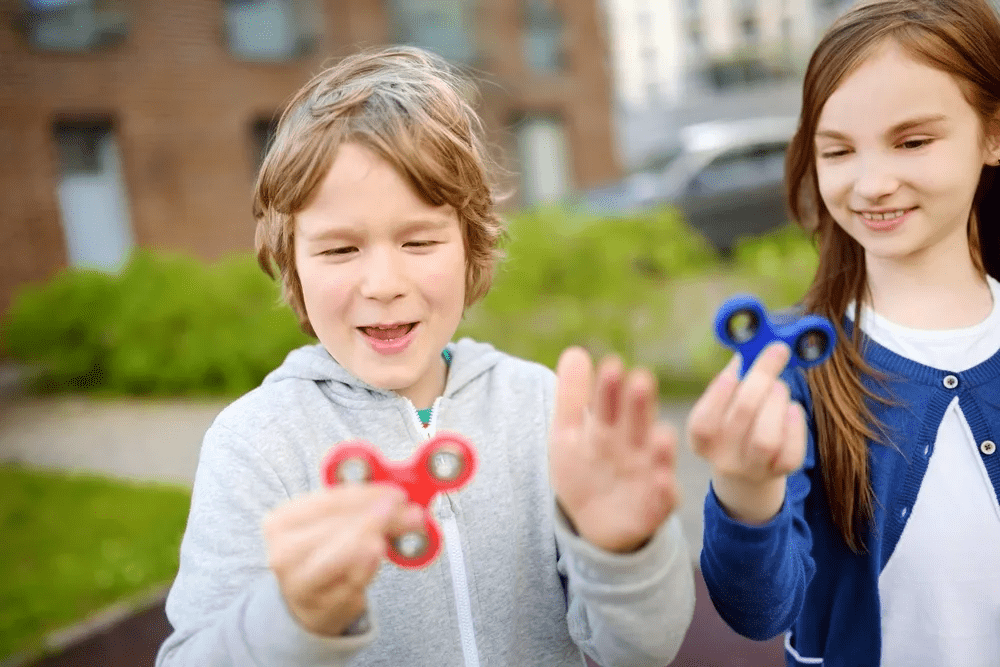Parents, guardians, and teachers support children with autism who experience common sensory issues throughout their educational and developmental training. This article will discuss a few methods used for children with sensory sensitivities. These methods may help keep the attention of a child with autism long enough to accomplish necessary tasks, such as eating dinner, keeping the lights on in the bedroom, taking out the trash, finishing homework, withstanding some peer pressure, answering questions, and more.
Sensory Issues Experienced by Children with Autism
Children with autism are affected by two primary types of sensory issues: hyper-sensitivities and hypo-sensitivities. These issues affect how they perceive and react to certain stimuli. The following are common sensitivities:
1. Sound
2. Sight
3. Touch
4. Smell
5. Taste
6. Balance
7. Body Awareness
Hyper-sensitive children often experience sensory overload. They can feel overwhelmed with intense sounds, smells, lights, and other environmental stimuli.
Hypo-sensitive children often lack responsiveness even with significant amounts of sensory information. They often have difficulty balancing or controlling bodily movements.
Sensory Integration Technique
Sensory integration techniques are used by occupational therapists to help individuals react differently to sensory input through fun activities like deep pressure or puzzles. When they enjoy these activities, children better manage their reactivity to sensory stimuli and focus on the task at hand. Children can participate in singing, dancing, playing instruments, or any other type of activity – even video games – that incorporate various stimuli. You can also incorporate educational exercises. He or she can learn how to count, identify colors, and do simple hand-eye coordination tasks. Little by little, with the right methods and applications, they can feel more comfortable with sensory input.
What Kind of Sensory Toys are Recommended for Children with Autism?
Each child is unique, and there are hundreds of sensory integration toys that you can explore to find a good fit for your child. It’s important to identify which sensory toys work best for the hyper/hypo-sensitivities of your child. You may need to do a bit of research and reflection to discover types of toys that might work. It may even be a great opportunity to let your child reflect on his/her preferences and explore toy options for themselves.
Toys with Sensory Integration Features
Choose a unique toy that addresses several different needs of children with autism. Ensure that it emphasizes sensory integration, stimulating the same parts of the brain but in different ways.
By participating in sensory integration, the child can focus on an object and the environment around that object. He or she will be able to identify that object and focus much more intently on it. This will be a form of “stimulation” and allow the child to learn to focus on a particular thing or sound.
For example, bead maker toys and tactile puzzles stimulate the child’s sense of touch in various ways. Some sensory integration toys are also geared toward music to help with speech development. Others engage both sight and sound. And there are still other toys for children with autism that focus on other sensory integration techniques.
Robot-Assisted Instruction For Children with Sensory Issues
Robot-Assisted Instruction (RAI) can benefit young children with sensory processing disorders. RAI helps the learner by encouraging the use of motor skills and facilitating the student through sensory activities. Another benefit of RAI for children with sensory sensitivities is that the robot stimulates their senses through sight, sound, and touch. The areas of the brain that process information are activated as the child receives sensory input. RAI can even be beneficial for developing children’s responses when they receive information, enable them to perform typical daily activities, and support them in growing into successful, well-adjusted adults.
In A Nutshell
Sensory integration, sensory toys, and robot-assisted instruction can be successful methods for helping children regulate their impulses independently. Families can partner with Movia to support their child’s sensory integration progress. You can also learn more about sensory toys and specialty equipment through one of Movia’s partners, TFH Special Needs Toys. Check out their website for the latest in sensory toys.
Movia’s Robot-Assisted Instruction (RAI) system unlocks the doors to learning for those with ASD or other special needs! Visit us here today, and contact us to discover how Movia’s RAI can help your child learn, grow, and have fun!

